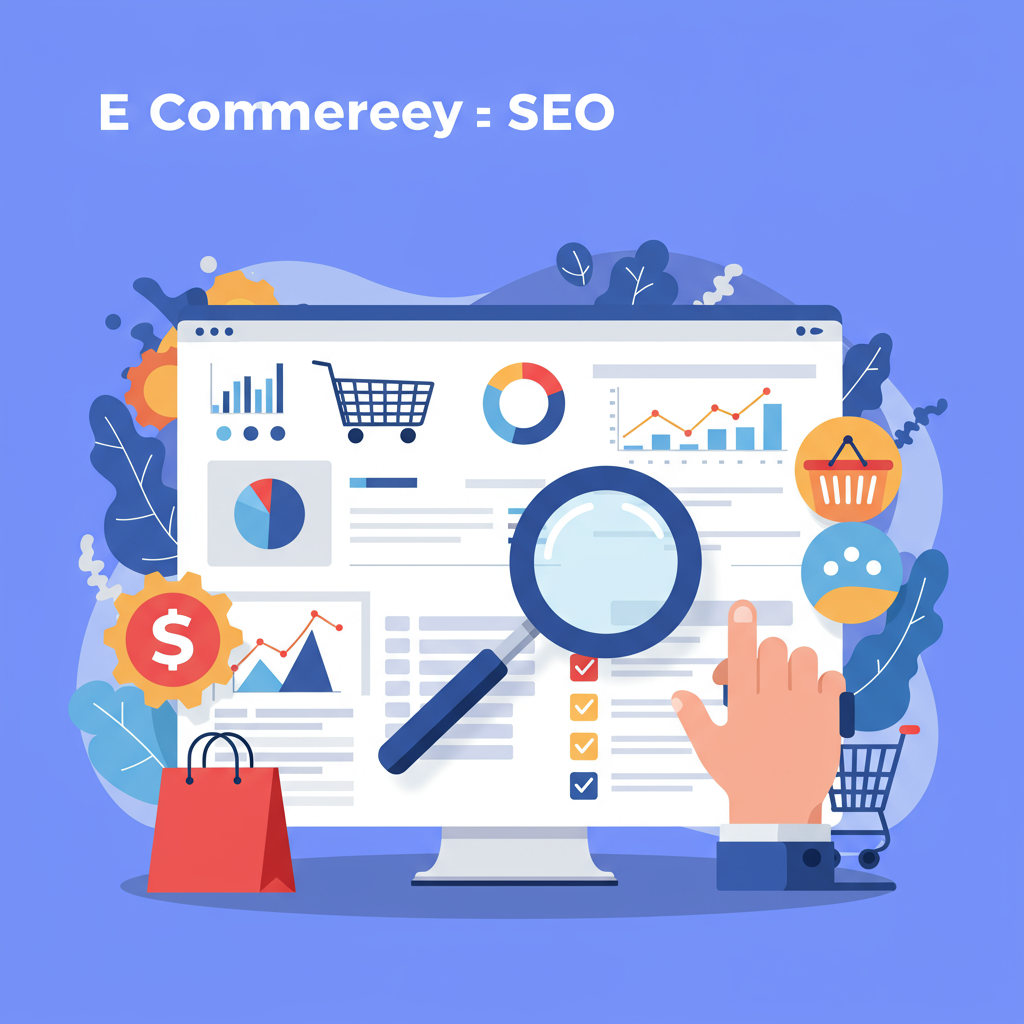Unlock unparalleled organic growth for your e-commerce store with this comprehensive guide.
Welcome, fellow Shopify merchants! As we look towards 2026, the digital landscape continues to evolve at a breathtaking pace.
Standing out in the crowded e-commerce space requires more than just great products; it demands a robust online presence.
That’s where Search Engine Optimization, or SEO, comes into play. It’s the art and science of getting your store to rank higher on search engines like Google.
For Shopify store owners, mastering SEO isn’t just an option; it’s a necessity for sustainable, organic growth.
I’ve put together this comprehensive Shopify SEO checklist for 2026 to help you navigate the complexities and drive more qualified traffic to your store.
Let’s dive into the foundational element: Keyword Research. This isn’t just about finding popular terms; it’s about understanding user intent.
In 2026, focus on long-tail keywords that are highly specific to your products and customer queries. These often have lower competition and higher conversion rates.
Utilize tools like Google Keyword Planner, Ahrefs, or Semrush to identify relevant keywords, analyze their search volume, and assess competition.
Consider voice search queries too, as they tend to be more conversational. Think about how people would *speak* their search terms.
Next up is On-Page SEO, which involves optimizing the content and HTML source code of your pages.
Start with your product pages. Ensure your product titles are keyword-rich yet descriptive and appealing to customers.
Craft compelling meta descriptions for each page. These snippets appear in search results and should entice users to click, ideally including your primary keyword.
Don’t forget your image alt text! This describes your images for search engines and visually impaired users. Make it descriptive and include keywords where natural.
Optimize your product descriptions. They should be unique, detailed, and answer potential customer questions, naturally incorporating relevant keywords.
For collection pages, use unique introductory text that targets broader category keywords. This helps search engines understand the page’s theme.
Implement structured data (Schema Markup) where possible. This helps search engines understand the context of your content, like product prices, reviews, and availability.
Moving to Technical SEO, site speed is paramount. Google prioritizes fast-loading websites, and so do your customers.
Leverage Shopify’s built-in optimizations, but also consider image compression apps and minimizing unnecessary third-party scripts.
Ensure your store is fully mobile-responsive. With the majority of traffic coming from mobile devices, a seamless mobile experience is non-negotiable.
Regularly check your sitemap.xml file (Shopify automatically generates one) and submit it to Google Search Console. This helps Google crawl your site efficiently.
Monitor your Core Web Vitals in Google Search Console. These metrics (LCP, FID, CLS) measure user experience and are crucial ranking factors.
Address any broken links or 404 errors promptly. These can negatively impact user experience and SEO.
Now, let’s talk about Content Marketing. A well-maintained blog can be an SEO powerhouse for your Shopify store.
Create valuable, evergreen content that addresses customer pain points, offers solutions, or provides useful information related to your products.
This content can attract organic traffic for informational queries, which you can then funnel towards your product pages.
What do you think about this comprehensive approach to Shopify SEO? I’d love to hear your thoughts!
Off-Page SEO primarily revolves around building high-quality backlinks. These are links from other reputable websites to your store.
Focus on earning natural backlinks through great content, outreach, and partnerships, rather than buying them. Quality over quantity is key.
Social media signals, while not direct ranking factors, can indirectly boost your SEO by increasing brand visibility and driving traffic.
For local businesses, optimize your Google My Business profile. This is crucial for appearing in local search results and map packs.
Shopify-specific considerations are also vital. Choose an SEO-friendly theme that is well-coded and fast.
Utilize Shopify SEO apps like Plug-in SEO or SEO Manager to help automate tasks, identify issues, and optimize various elements.
Pay attention to your URL structure. Keep them clean, descriptive, and include keywords where appropriate. Shopify’s default structure is generally good.
Be mindful of duplicate content issues, especially with product variants. Use canonical tags to tell search engines which version is the preferred one.
Finally, remember that SEO is an ongoing process. Google’s algorithms are constantly evolving, and staying updated is crucial.
Regularly monitor your analytics, track your keyword rankings, and adapt your strategy based on performance data.
By diligently following this Shopify SEO checklist for 2026, you’ll be well-equipped to drive significant organic traffic and achieve sustainable growth for your e-commerce business.
Invest the time and effort now, and watch your Shopify store climb the search engine rankings, attracting more customers and boosting your sales.






